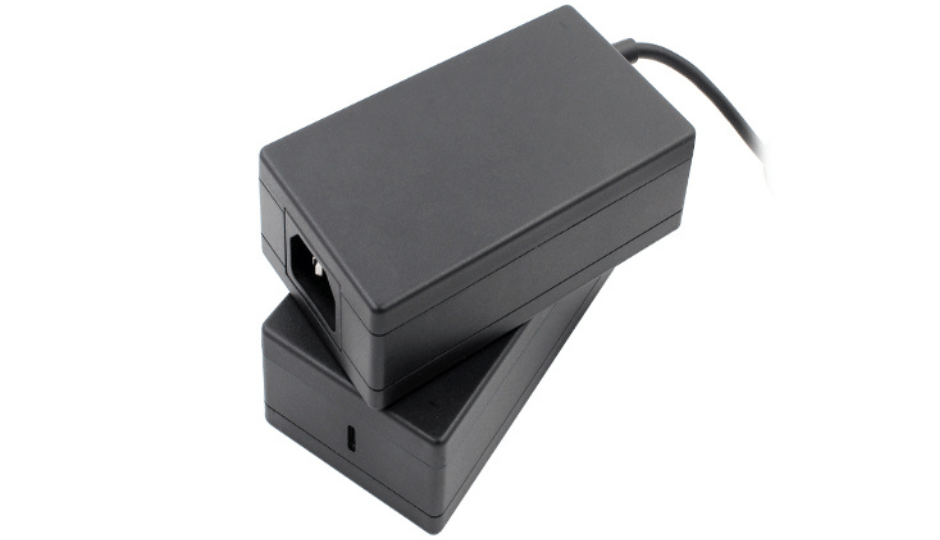The standard for medical power supply can vary depending on the specific application and country, as different medical devices and equipment require different power specifications. However, there are several key considerations and standards that are commonly adhered to in the medical industry:

1. Safety
Medical power supplies must meet stringent safety requirements to protect both patients and medical personnel. This includes compliance with standards such as IEC 60601, which sets safety and performance requirements for medical electrical equipment.
2. Regulatory Compliance
Medical power supplies must comply with regulations and standards set by organizations such as the FDA (U.S. Food and Drug Administration), CE marking in Europe, and other regional regulatory bodies.
3. EMC (Electromagnetic Compatibility)
Medical devices must be designed to operate without causing interference to other devices and must also be resistant to interference from other sources. Compliance with EMC standards such as IEC 60601-1-2 is crucial.
4. Efficiency
Medical power supplies should be energy-efficient to reduce power consumption and heat generation, which is important for both environmental and patient safety reasons.
5. Reliability
High reliability is essential for medical power supplies, as failure can lead to critical situations. This includes the use of high-quality components and robust design practices.
6. Output Stability
Medical devices often require a stable power supply to function correctly. The output voltage and current should be maintained within tight tolerances.
7. Isolation
To prevent electrical shock, medical power supplies often include isolation between the input and output, which can be achieved through transformers or opto-isolators.
8. Protection Features
Medical power supplies should have built-in protection against overvoltage, overcurrent, and short circuits.
9. Certification
Medical power supplies must undergo rigorous testing and certification to ensure they meet all the necessary standards.
10. Standard Voltages and Currents
While specific voltage and current requirements will depend on the device, common voltages for medical devices include 12V, 24V, and 48V DC, with currents ranging from a few hundred milliamps to several amps.
It’s important to note that the specific standards and requirements can vary greatly depending on the type of medical device, its intended use, and the regulatory environment of the country in which it will be used. Medical power supply manufacturers must consult the relevant standards and regulations to ensure compliance.









